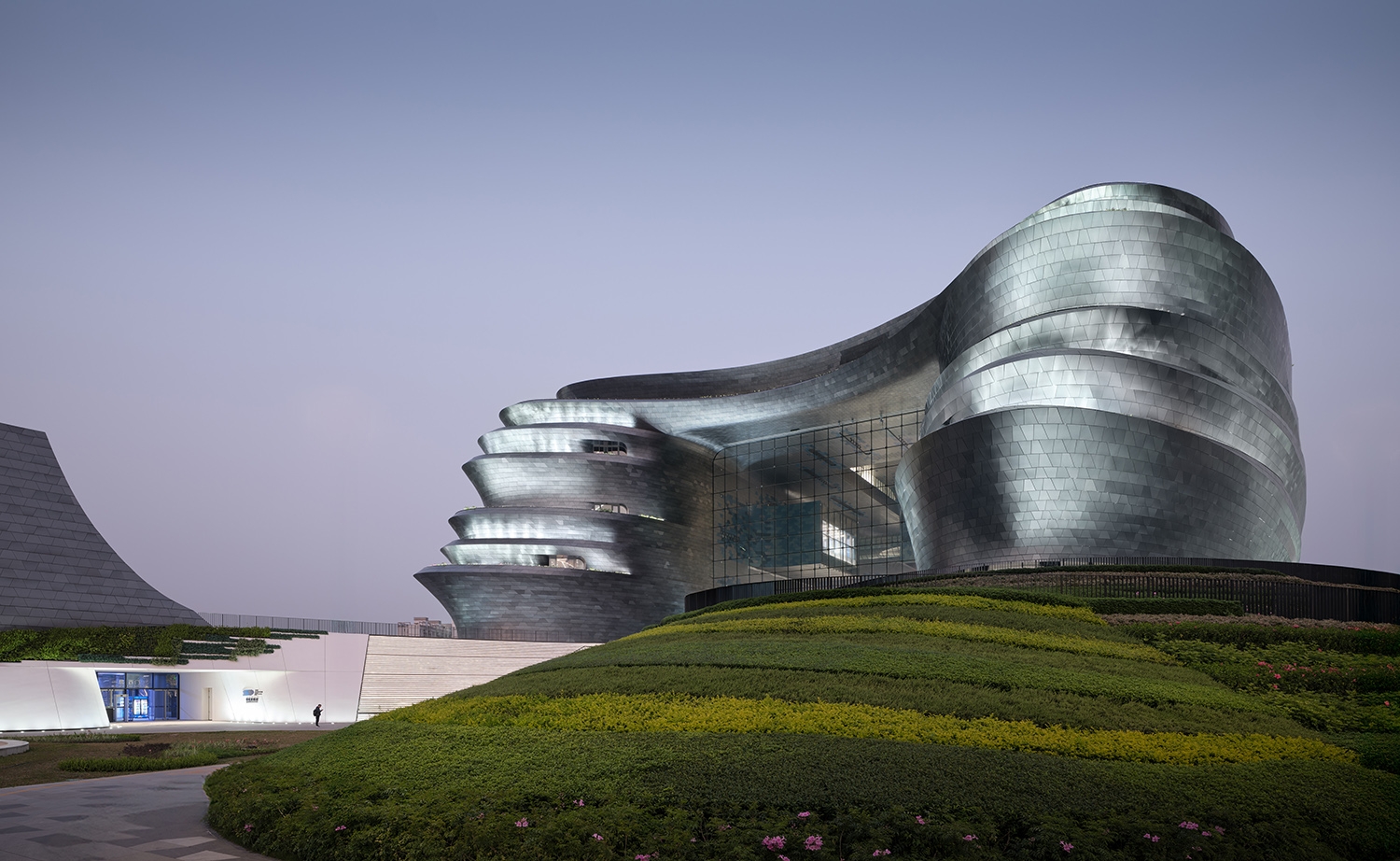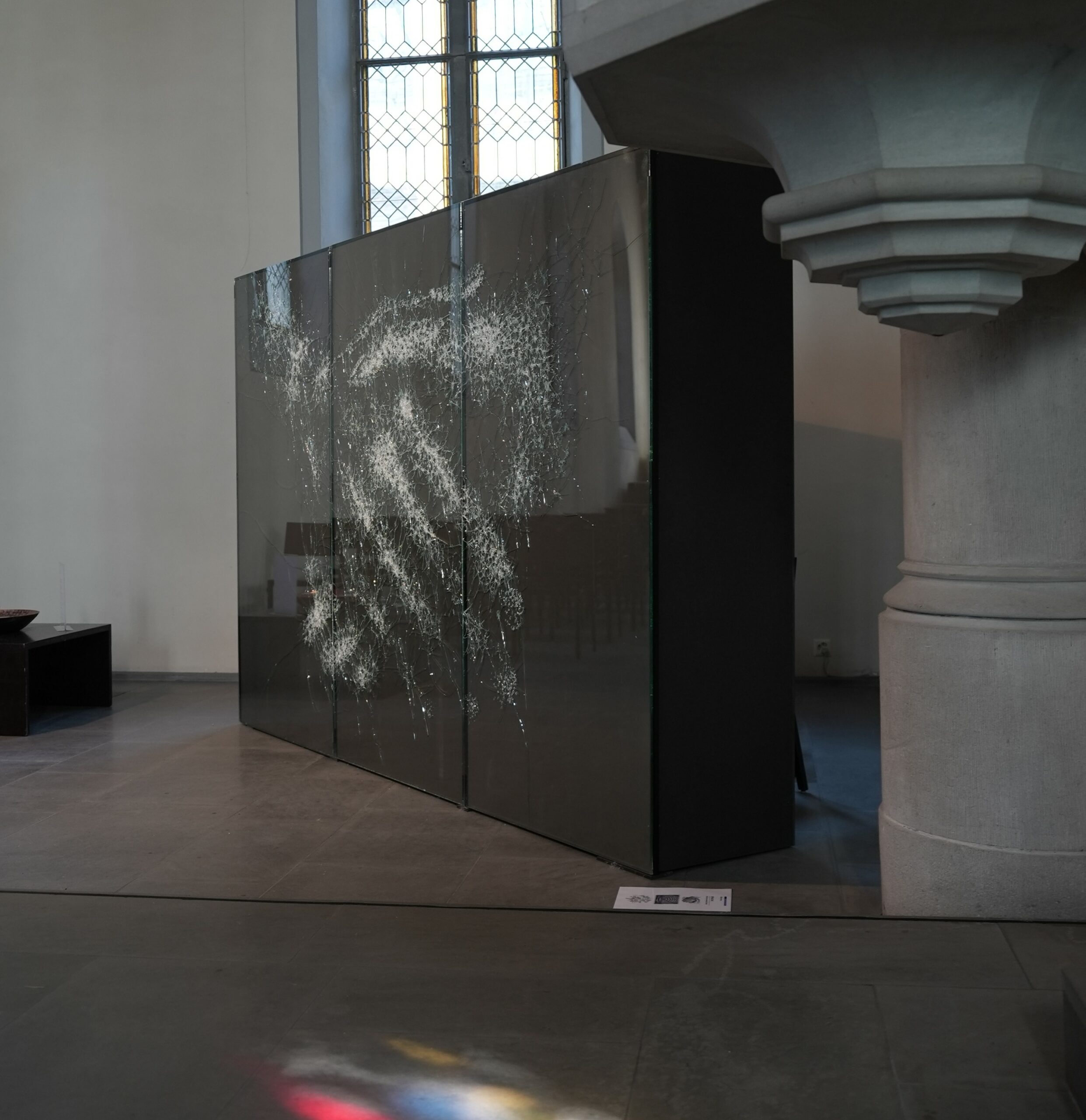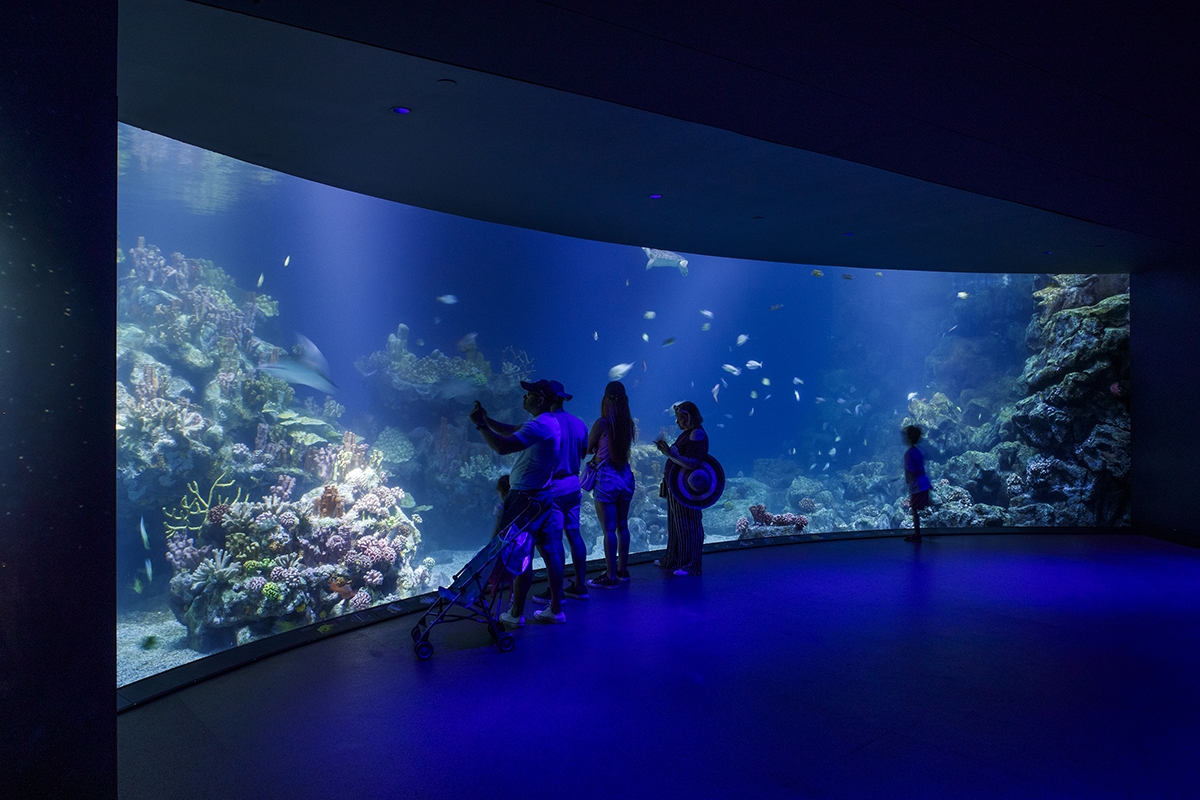Simon Berger, a Swiss artist known for his iconic portraits made in glass, is constantly on a journey of seeking new ways of creating. For a recent project, he was able to exhibit his work in a unique context, the Matthäus-Church in the City of Lucerne. Within the project entitled “ganz zerbrochen – zerbrochen ganz” (translated roughly to wholly broken, broke whole) the artist was invited to create an installation within the entire church. As usual,
Simon Berger took on this challenge to conceive new motifs, and even techniques for the artworks he showed. In this exhibition, the artists displayed works that use light as a painterly tool to discuss topics of cooperation and care.
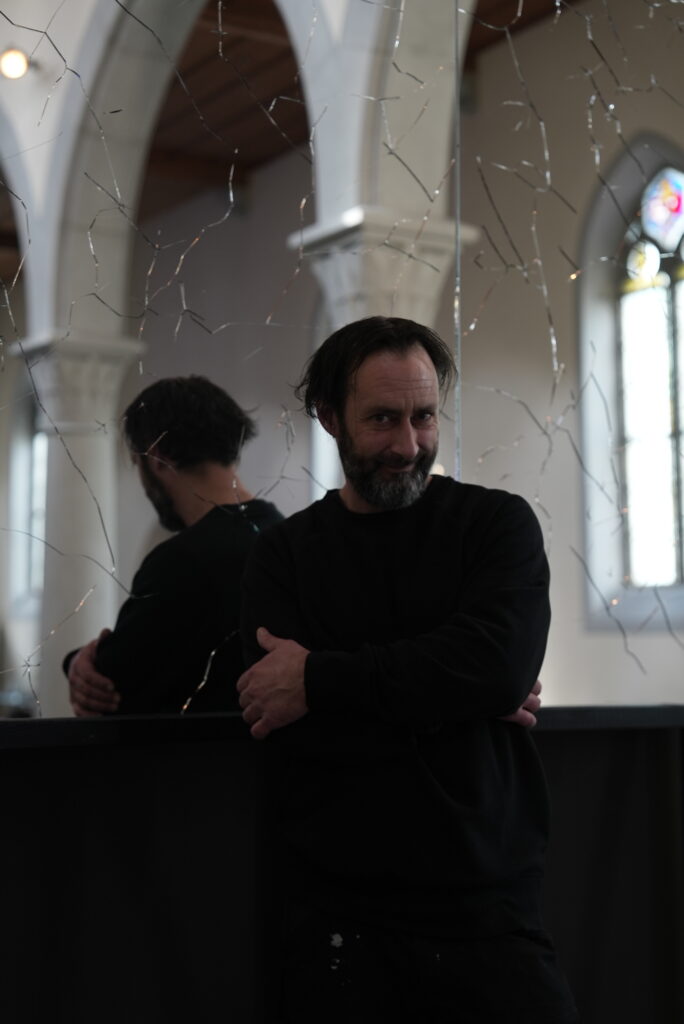
When asked about why he used light for this specific installation, to translate his artistic ideas, Simon Berger explains that each artwork needs light to exist as such. As he points out:
“The Mona Lisa wouldn’t be the Mona Lisa if there weren’t light in the room to see her. If the work would be shown in a pitch-black room, we could not even perceive and connect with the artwork. We would simply see nothing.”
Artworks are very susceptible to light, and within his glass works, light makes the fractures glisten and glitter. Although light is not used as an explicit artistic element in all of Simon Berger’s works, the artist is very conscious of positioning his works within and playing with the influences of light and space.

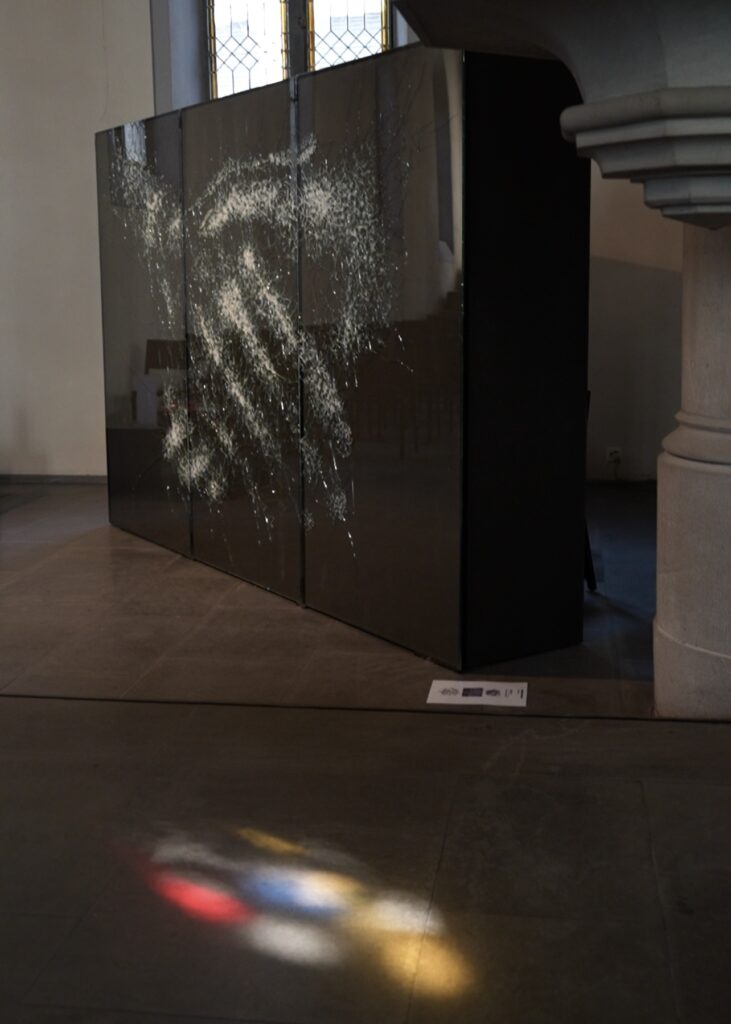
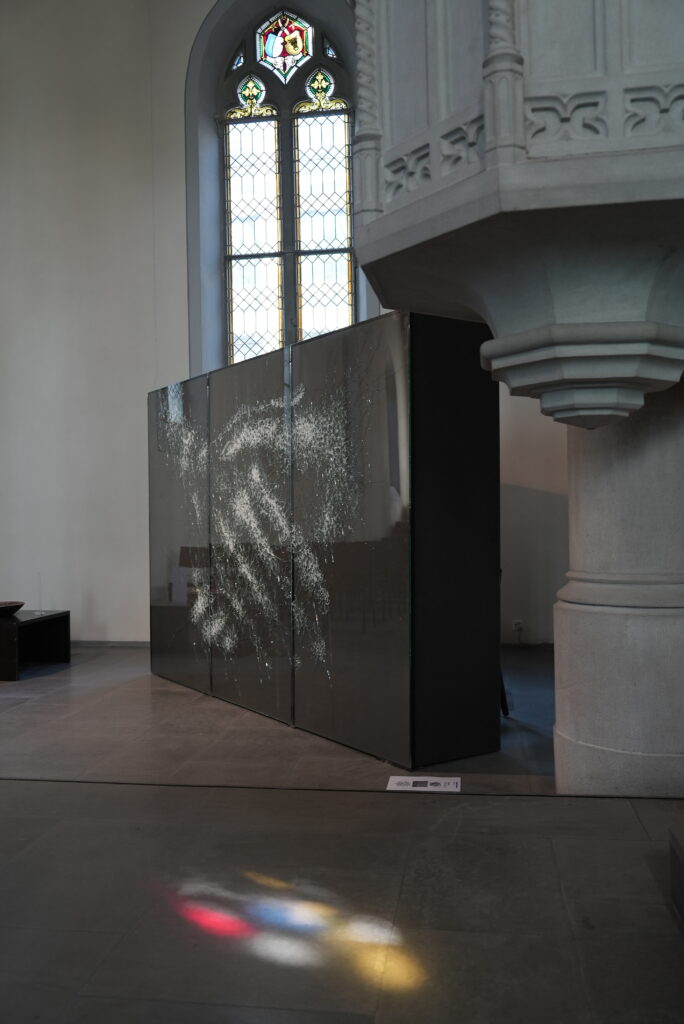
In two of the works, Berger deliberately chose to depict what are probably the most frequently seen and yet often overlooked hands in Switzerland. They are motifs on the hundred- and thousand-franc banknotes of the Swiss National Bank’s ninth series. In these works, he explored the themes of cohesion, mutual support, and interpersonal relationships. The caring gestures of these hands stand in stark contrast to the destructive technique of the artist, who drives the motifs into the initially transparent glass panes with hammer blows and destruction. Yet it is precisely this apparent incongruity that is a central element in Berger’s work and points to the importance of cooperation and humanity, especially in times of upheaval, vulnerability, and destruction.
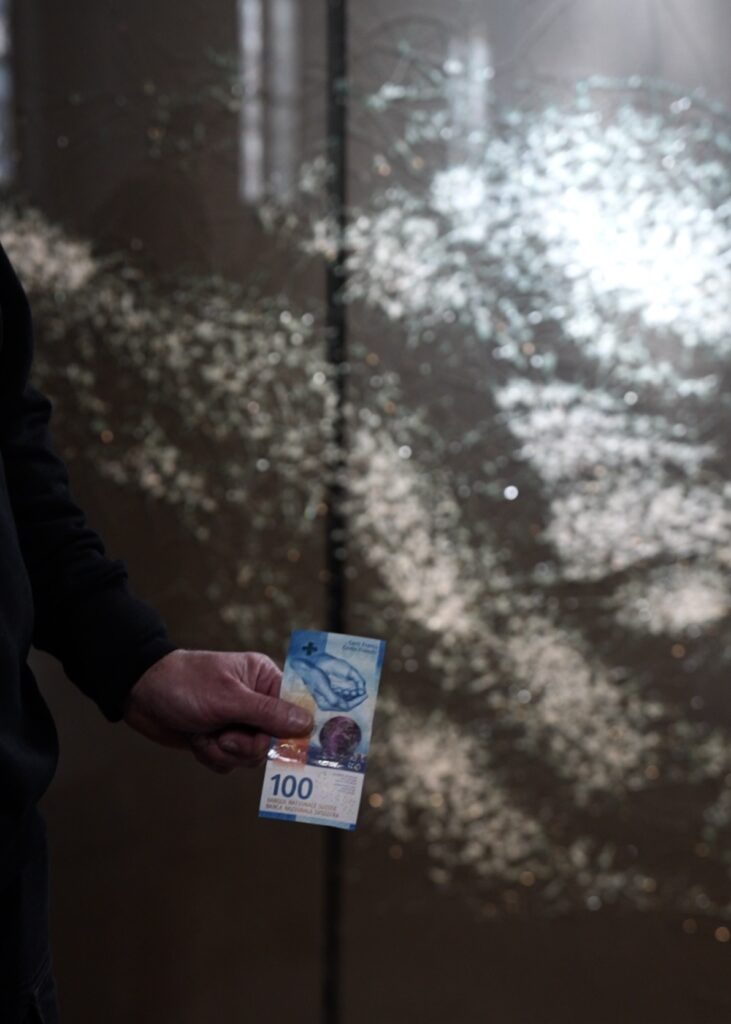
Through his art, Berger encourages the viewers to reflect on these fundamental human values and anchor them in our daily lives. The light is captured and broken by the cracks in the glass, making the shatters glisten to enunciate the dichotomy of destruction and beauty. The motif of the hands was also used for the two reflection artworks, projected on the walls of the choir – two hands, one on each side, reaching down from above. It is clearly visible, that these artworks are light projections. The artist used one of his preferred materials, the mirror, to bring these elusive works to life. By placing shards of mirrors in a specific way, Berger enables the fragments to capture the light of the spotlights and reflect it onto the desired spot on the wall, thereby creating his motif. In the context of the religious building, where historically different sources of light, whether the use of candlelight or stained glass windows, have strongly influenced the viewing experience, Berger’s ethereal works appropriately bring such discussions back into the contemporary narrative.
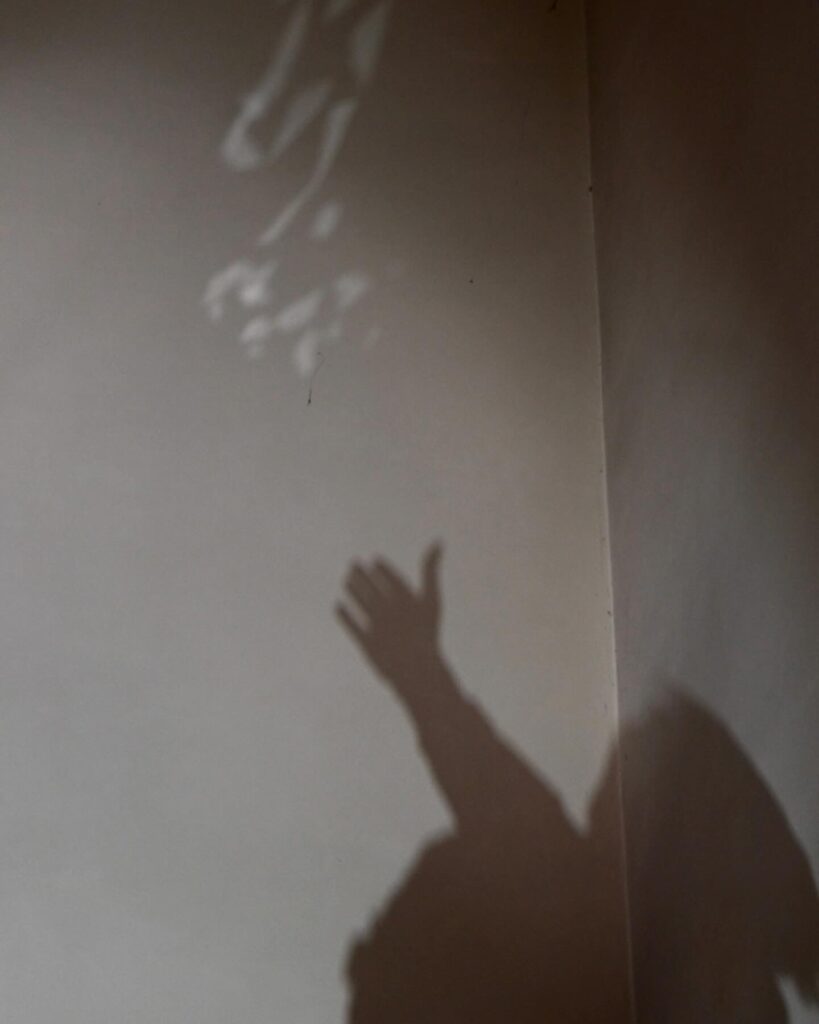
Simon Berger, a captivating artist residing in Switzerland, has garnered international acclaim for his groundbreaking portraits and installations crafted from shattered glass. His luminous works have graced prestigious art fairs, galleries, and institutions worldwide, including the Aurum Gallery (Bangkok), Laurent Marthaler Gallery (Montreux), Cris Contini Contemporary Gallery (London), and Fabien Castanier Gallery (Miami). Berger’s artistic journey extends beyond galleries, with notable solo exhibitions at prestigious venues like Vitromusée Romont (Switzerland), Museo del Vetro (Murano, Venice), and Musei Civici (Treviso, Italy). A master of site-specific installations, Berger seamlessly interacts with each location, weaving narratives through the unique platform of art. His collaborations extend beyond the art world, with partnerships with Berengo Studios, Galotti & Radice, Porsche, and Bulgari, showcasing the versatility of his artistic vision.
In this exhibition, Simon Berger once again uses his artistic techniques to, quite literally, reflect upon questions of seeing as well as the essence and possibilities of artworks.



